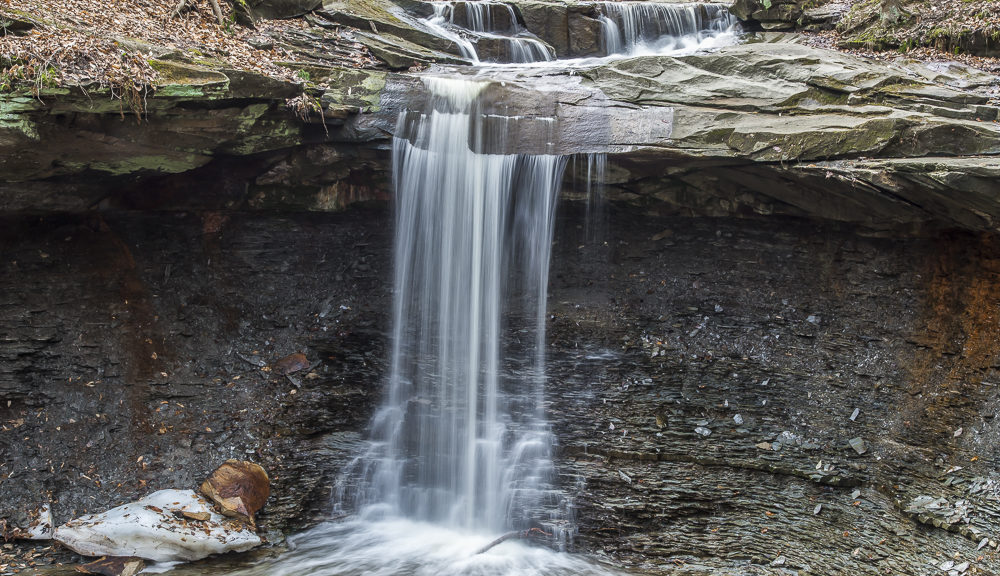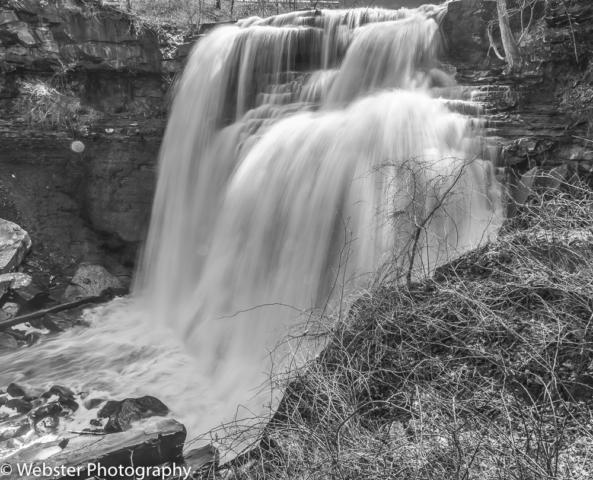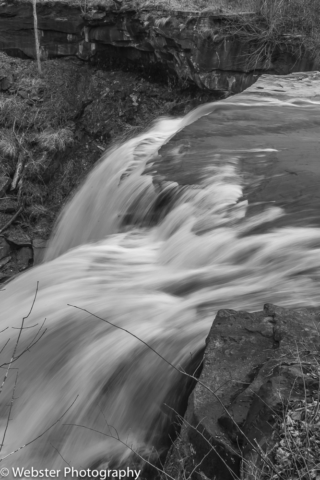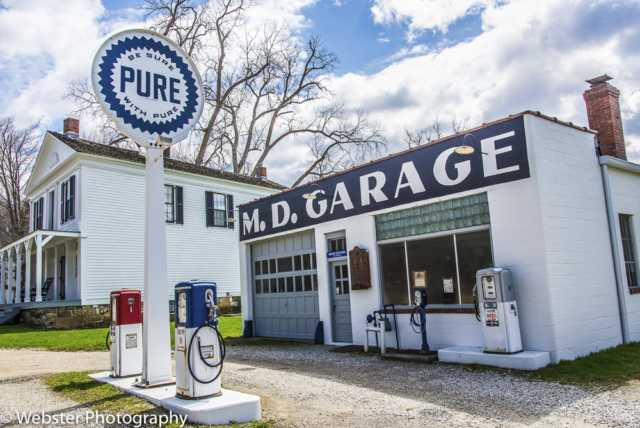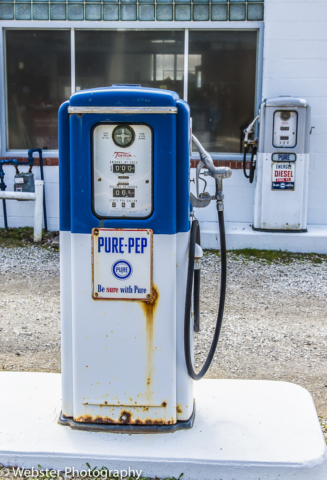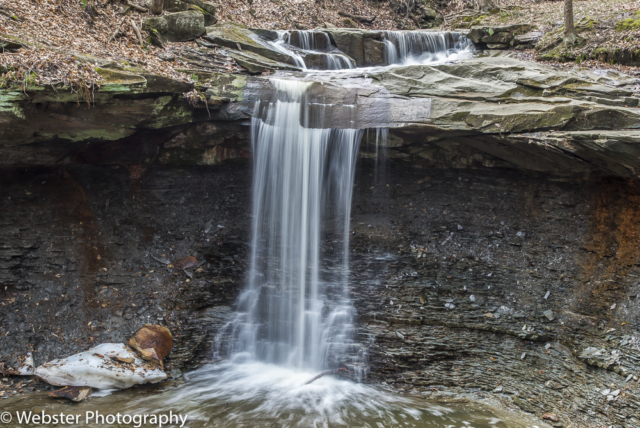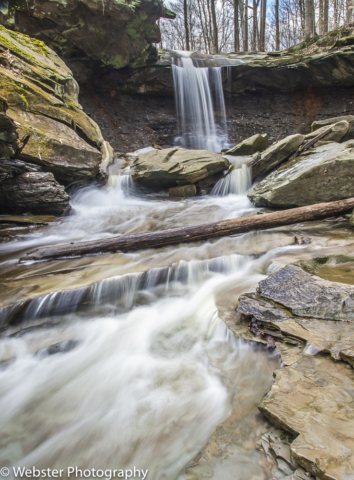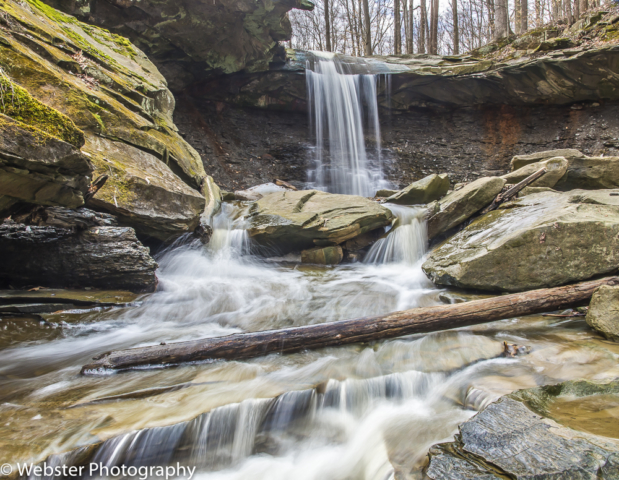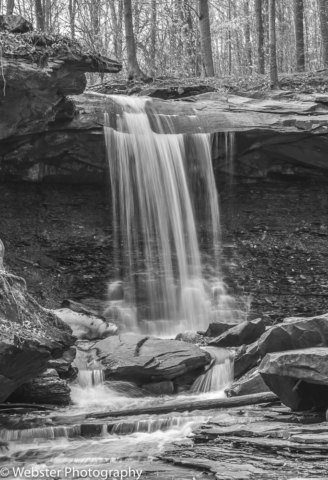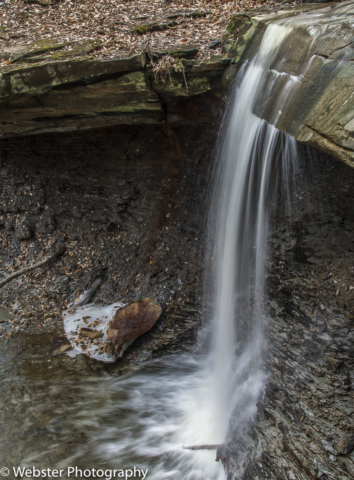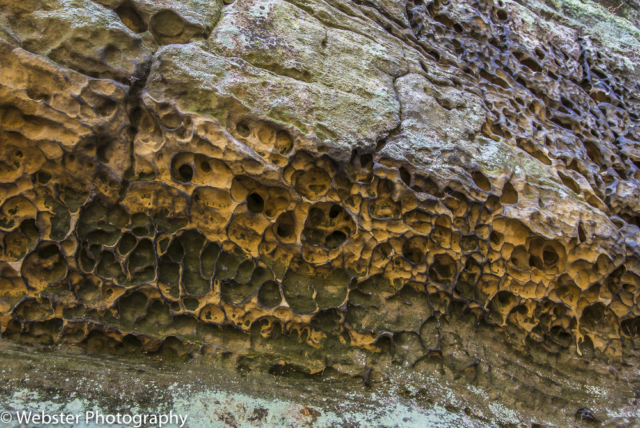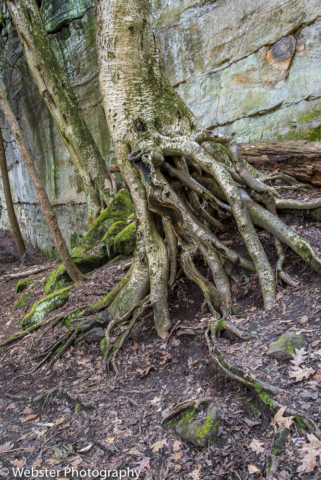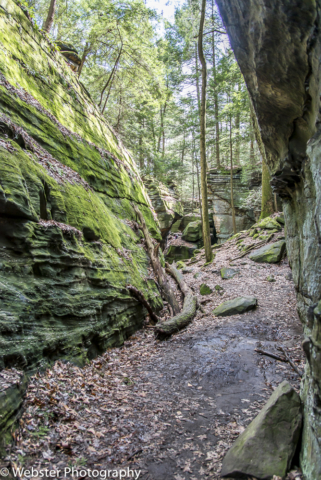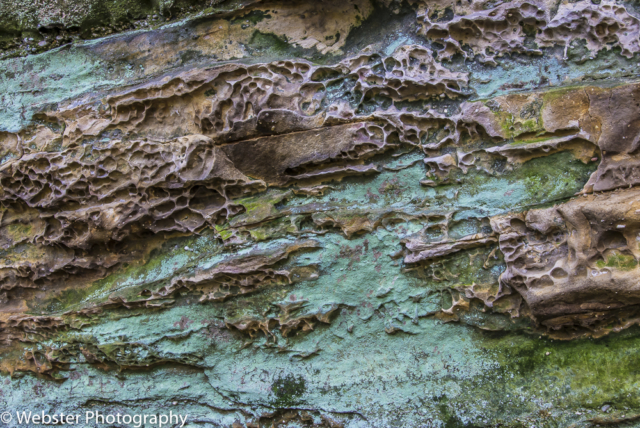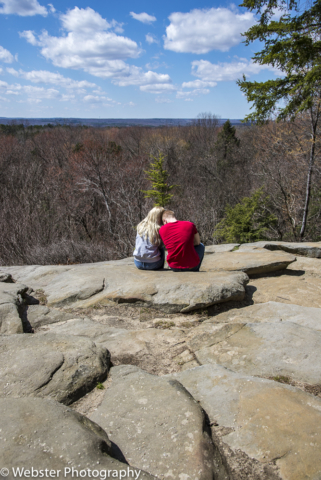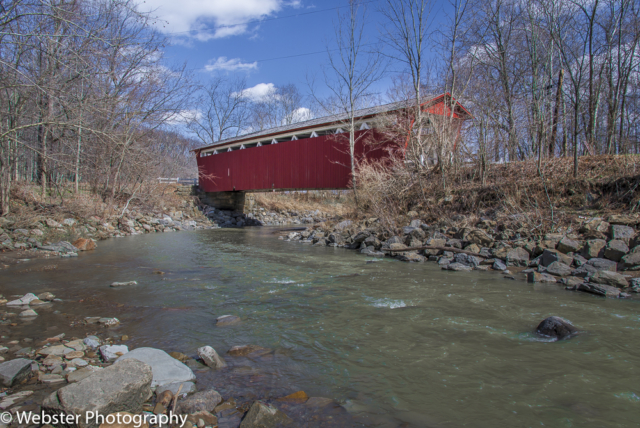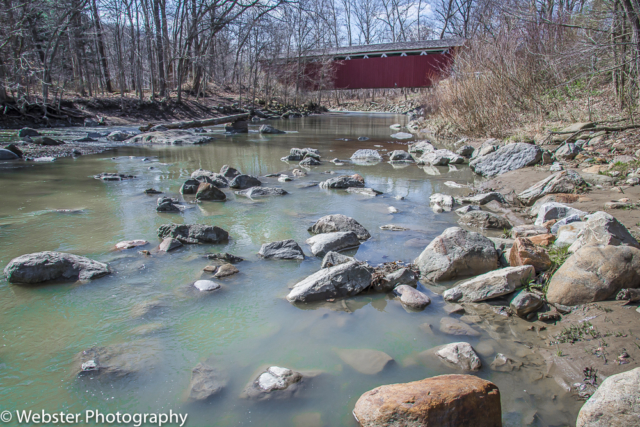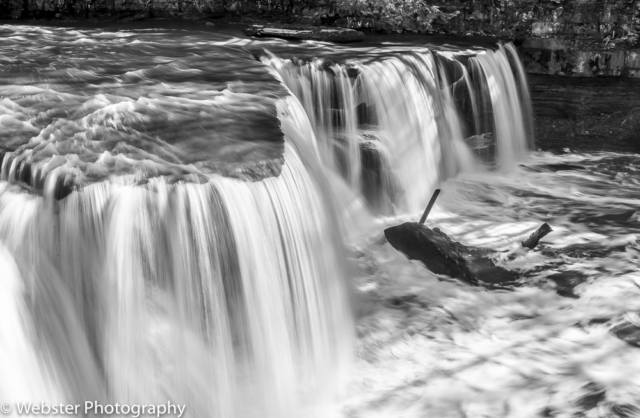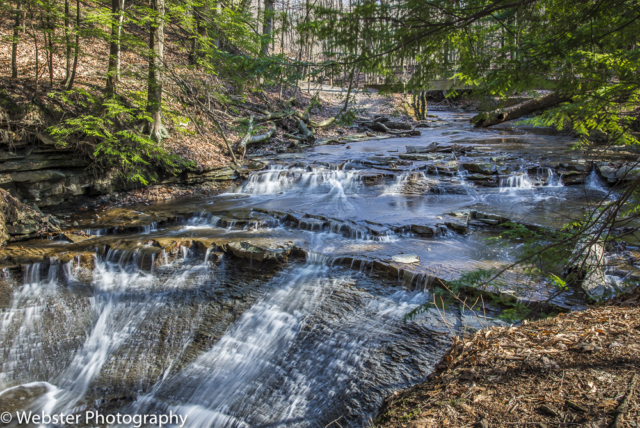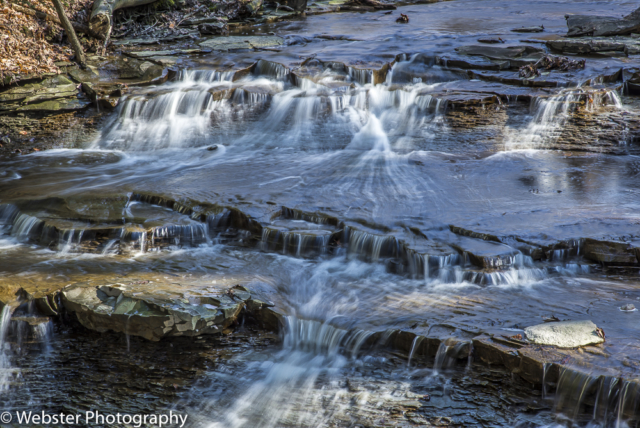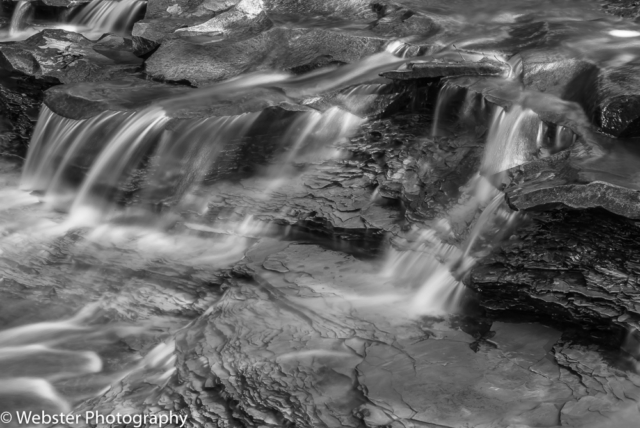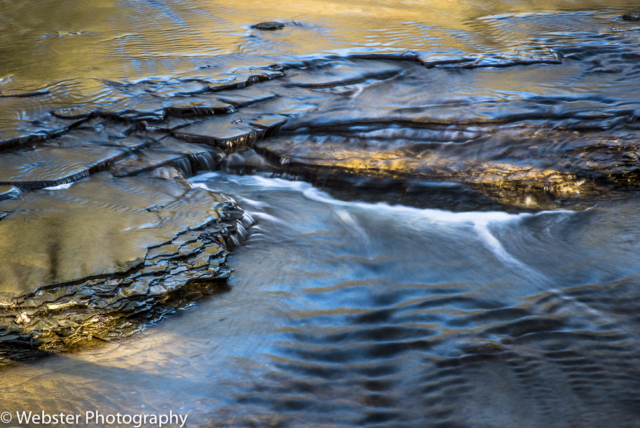Cuyahoga Valley National Park is an American National Park that preserves and reclaims the rural landscape along the Cuyahoga River between Akron and Cleveland in Northeast Ohio. Cuyahoga Valley is also unusual among several other national parks in America, being adjacent to two large urban areas and including a dense road network, small towns, and private attractions. (Source: Wikipedia)
Some 250 historic structures, including residential and farming properties, are located in the park, in addition to the nationally significant Ohio & Erie Canal and the Valley Railway. Protection of NPS-owned historic properties continues with a focus on rehabilitating historic structures and the railroad, and the restoration of disturbed areas. (Source: NPS Website)
Established: October 11, 2000
Size: 32,572 acres
Rank: 53
#Visitors in 2018: 2,096,053
(April 2015) My finance and I visited Cuyahoga Valley National Park during a roadtrip through Ohio to visit family in Pittsburgh and Charlotte a few months before we were to leave for the entire summer to attend photography school in Montana. We stayed a few nights in Cleveland, spending one whole day in Cuyahoga. I did a bit of research before our visit and I learned there were a lot of water falls which I love to photograph. We targeted a few waterfalls and some other highlights to focus our day on.
Our first stop was the Brandywine Falls. This is an easily accessed falls via the Brandywine Gorge Trail and boardwalk trail, although sadly, lots of people knew that too! it made it tough to get a good shot. It was also a very bright, contrasty day…. that’s why I chose to process these in black and white. I always love the challenge to create an image that captures the sheer beauty of the natural element. I purposely excluded the perspectives such as the busy road overhead, houses on the other side of the road and the people on the platform…. not an easy task.
Next stop was the village of Boston to stop in the Visitor Center and photograph the M.D. Garage, a restored 1940s gas station.
Our longest hike of the day was to Blue Hen Falls. This ended up being my favorite falls as well. The hike to it was in a peaceful forests with few people. The light and forest coverage was perfect for photographing waterfalls mid-day.
We drove to the Ledges Overlook Trail in the eastern part of the park to hike. This trail had a very different feel with its colorful cliffs, moss and lichen-covered rock walls and ledges leading to a beautiful overlook.
Next stop was a short drive to Everett Covered Bridge which crosses Furnace Run. It is the only remaining covered bridge in Summit County, but in the 19th century, it was one of over 2,000 in Ohio, the state that led the nation in covered-bridge construction.
The bridge played an important role in the 19th-century transportation system. Local histories emphasize the role of the Ohio & Erie Canal. With the canal, farmers could ship products to Cleveland and beyond. But to get to the canal and other local destinations, people needed functional roads. (Source: NPS Website).
On our way back to Cleveland, we stopped for short hikes to Great Falls of Tinker Creek in Viaduct Park and the lower part of Bridal Veil Falls.
I wasn’t expecting to be impressed by Cuyahoga Valley National Park, probably because of its proximity to Cleveland, but I was pleasantly surprised. There is a lot of diversity of activities, history and scenery, making it desirable for a revisit.

